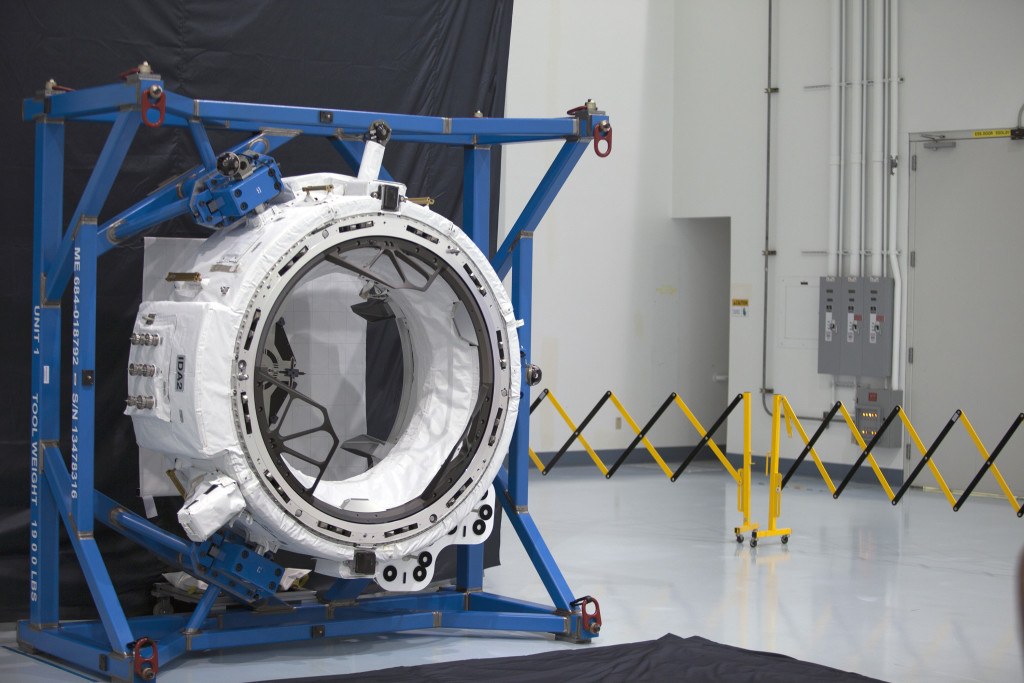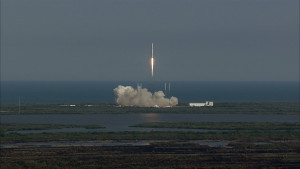 The CRS-9 mission is scheduled to liftoff from Space Launch Complex 40 at Cape Canaveral Air Force Station in Florida at 12:45 EDT on Monday. The uncrewed Dragon spacecraft is loaded with about 5,000 pounds of experiments and supplies including a 1,020-pound international docking adapter. Here is how the countdown will progress toward liftoff. For more details, the CRS-9 Press Kit is now available.
The CRS-9 mission is scheduled to liftoff from Space Launch Complex 40 at Cape Canaveral Air Force Station in Florida at 12:45 EDT on Monday. The uncrewed Dragon spacecraft is loaded with about 5,000 pounds of experiments and supplies including a 1,020-pound international docking adapter. Here is how the countdown will progress toward liftoff. For more details, the CRS-9 Press Kit is now available.
Mission Timeline (all times approximate)
T- 38 minutes: Launch Conductor takes launch readiness poll
T- 35: RP-1 (rocket grade kerosene) and liquid oxygen (LOX) loading underway
T- 7: Falcon 9 begins engine chill prior to launch/Dragon to internal power
T-2: Range Control Officer (USAF) verifies range is go for launch
T- 01:30: SpaceX Launch Director verifies go for launch
T-:01: Command flight computer to begin final prelaunch checks/Pressurize propellant tanks
T-3 seconds: Engine controller commands engine ignition sequence to start
T0: Falcon 9 liftoff
T+01:08: Max Q (moment of peak mechanical stress on the rocket)
T+02:21: 1st stage main engine cutoff (MECO)
T+02:24: 1st and 2nd stages separate
T+02:32: 2nd stage engine starts
T+02:42: 1st stage boostback burn begins
T+06:31: 1st stage entry burn begins
T+07:38: 1st stage landing burn begins
T+09:02: 2nd stage engine cutoff (SECO)
T+09:37: Dragon separates from 2nd stage
T+11 minutes: Dragon’s solar arrays deploy
T+2 hours, 19 minutes: Dragon’s Guidance, Navigation and Control bay door opens

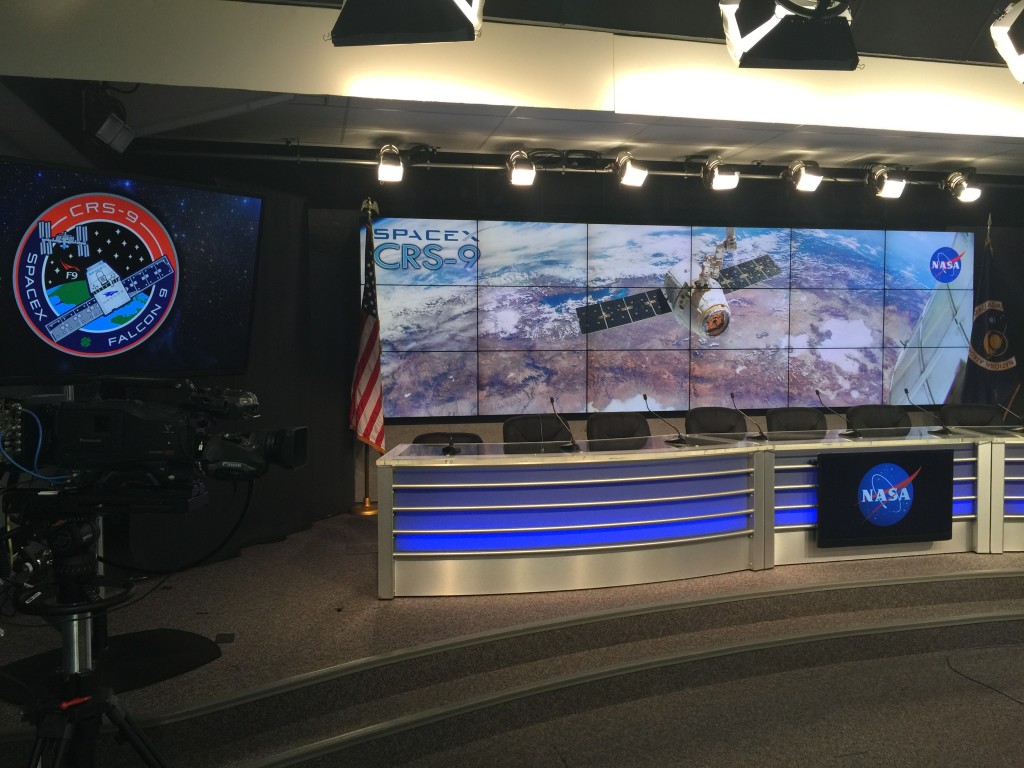
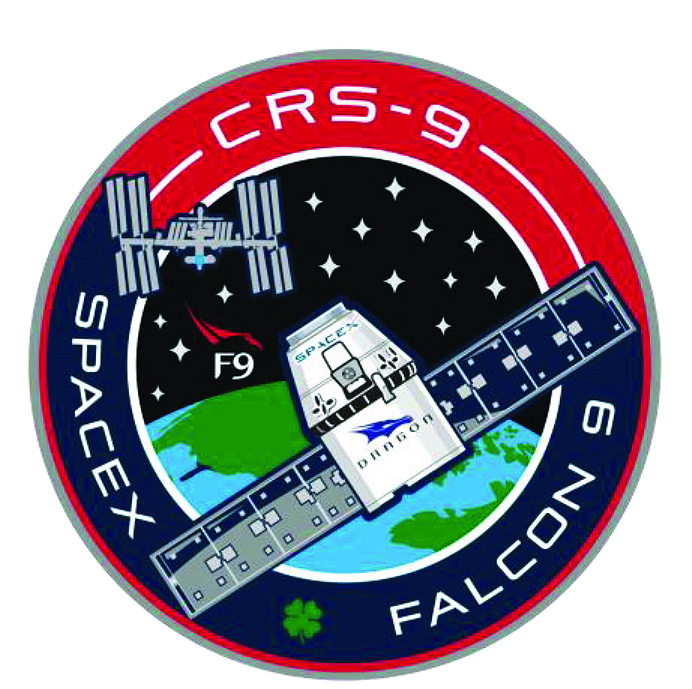
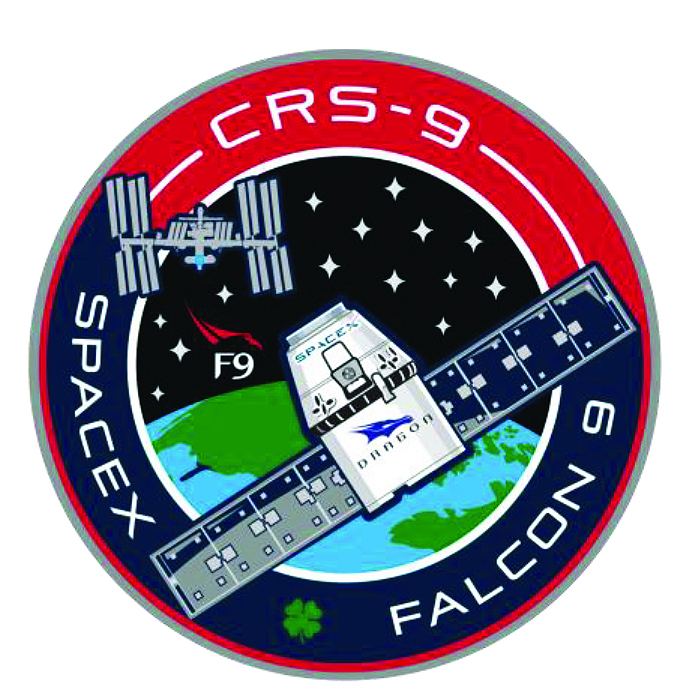
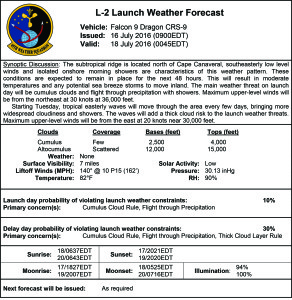
![IAD_Install_4[6]](https://blogs.nasa.gov/spacex/wp-content/uploads/sites/227/2016/07/IAD_Install_46-300x200.jpg)
![IAD_Install_5[6]](https://blogs.nasa.gov/spacex/wp-content/uploads/sites/227/2016/07/IAD_Install_56-300x200.jpg)
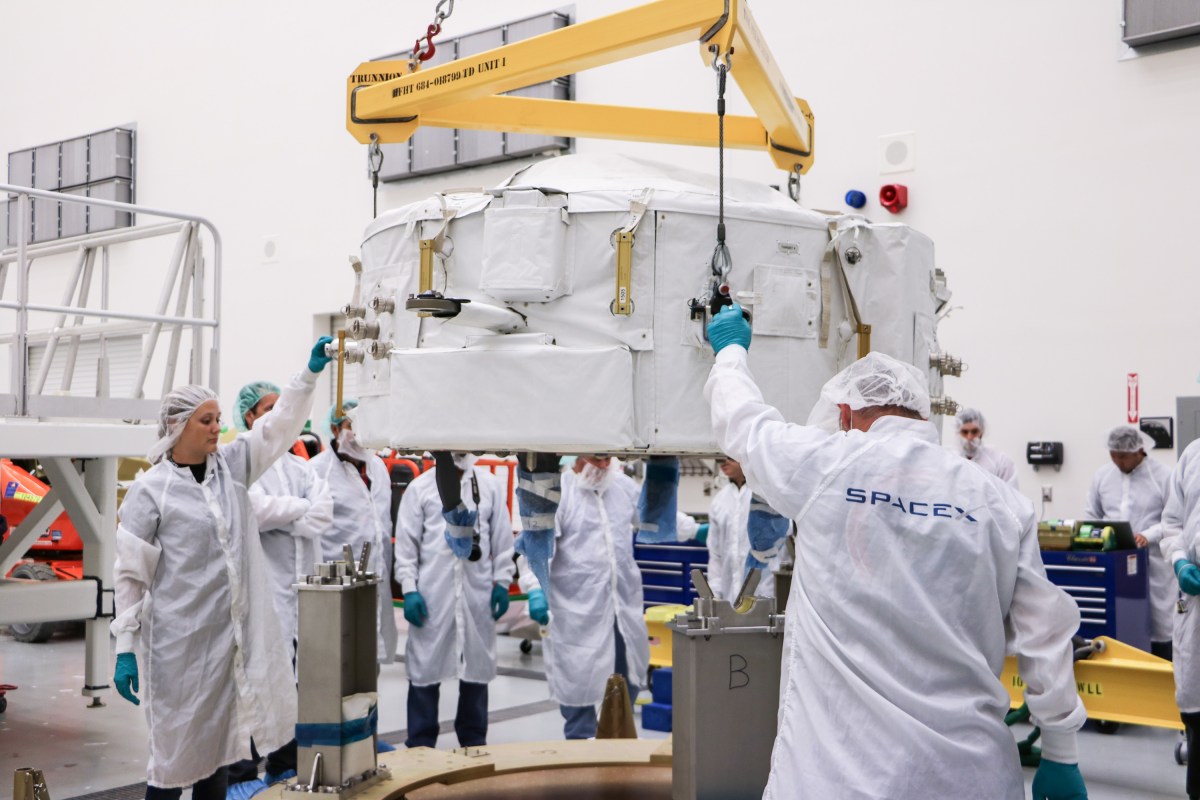
![IAD_Install_1[11]](https://blogs.nasa.gov/spacex/wp-content/uploads/sites/227/2016/07/IAD_Install_111-1024x683.jpg)
![IAD_Install_4[6]](https://blogs.nasa.gov/spacex/wp-content/uploads/sites/227/2016/07/IAD_Install_46-1024x683.jpg)
![IAD_Install_5[6]](https://blogs.nasa.gov/spacex/wp-content/uploads/sites/227/2016/07/IAD_Install_56-1024x683.jpg)
![IAD_Installed[10]](https://blogs.nasa.gov/spacex/wp-content/uploads/sites/227/2016/07/IAD_Installed10-1024x683.jpg)
